

Max Davies
2026 GWM Cannon Ultra review
6 Days Ago
By 2030 Mazda will only be selling hybrids, PHEVs and EVs in Australia as the company aligns with its global electrification strategy.

Contributor
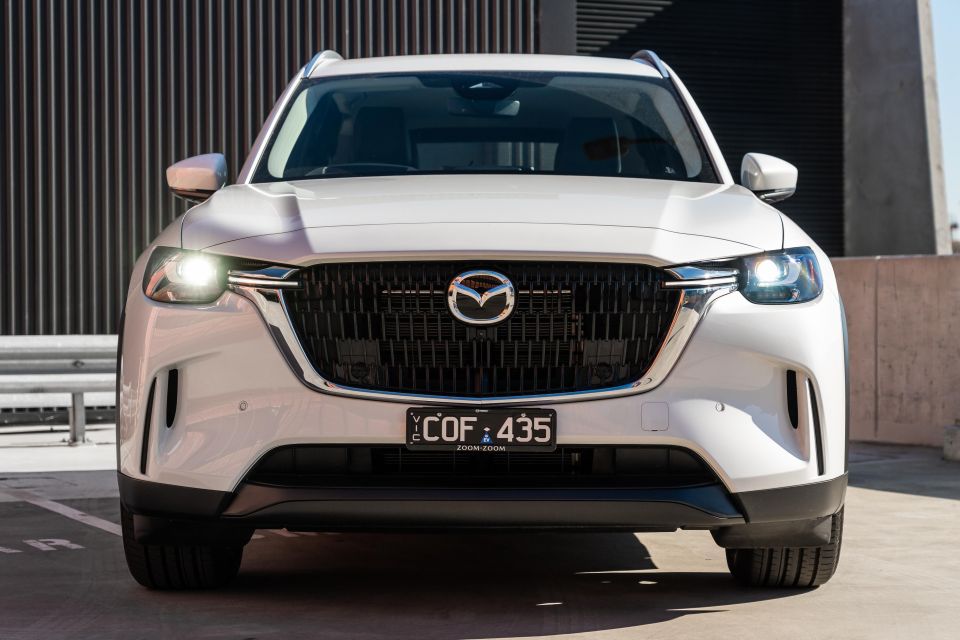

Contributor
Mazda Australia has detailed its new electrification roadmap that will see all of its vehicles be hybrid, plug-in hybrid (PHEV), or battery electric (BEV) by 2030.
The company also expects at this point BEVs will account for at least 25 per cent of its line-up.
This news comes as Mazda Australia discontinues the mild-hybrid and all-electric MX-30, as well as the petrol- and diesel-powered CX-8 in one fell swoop.
Over the last few months the company has also been axing all the mild-hybrid versions of its 3 hatch and sedan, and CX-30 crossover line-ups locally. All diesel versions of the CX-5 have been axed in Australia too.
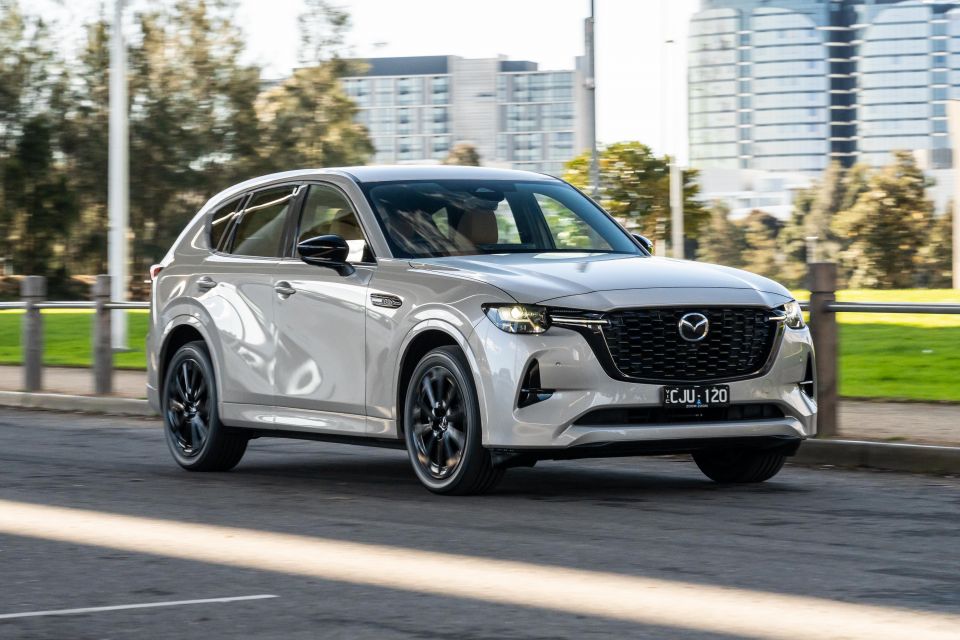
The company says the axing of the CX-8 and MX-30 “aligns with this future strategy, freeing up valuable resources at Mazda Corporation to assist with the transition”.
As part of its revised “mid-term management plan” announced in 2022, Mazda intends to invest ¥1.5 trillion (~A$16 billion) to develop EVs as part of a three-phase strategy.
The company is expecting EVs to account for between 25 to 40 per cent of its global sales by 2030.
“As we move into the next phase of the Mazda brand’s evolution – with electrification at the heart of our focus – we will ensure our valued customers continue to be well-furnished with a suite of exciting models to join us on this journey,” said Mazda Australia managing director Vinesh Bhindi.
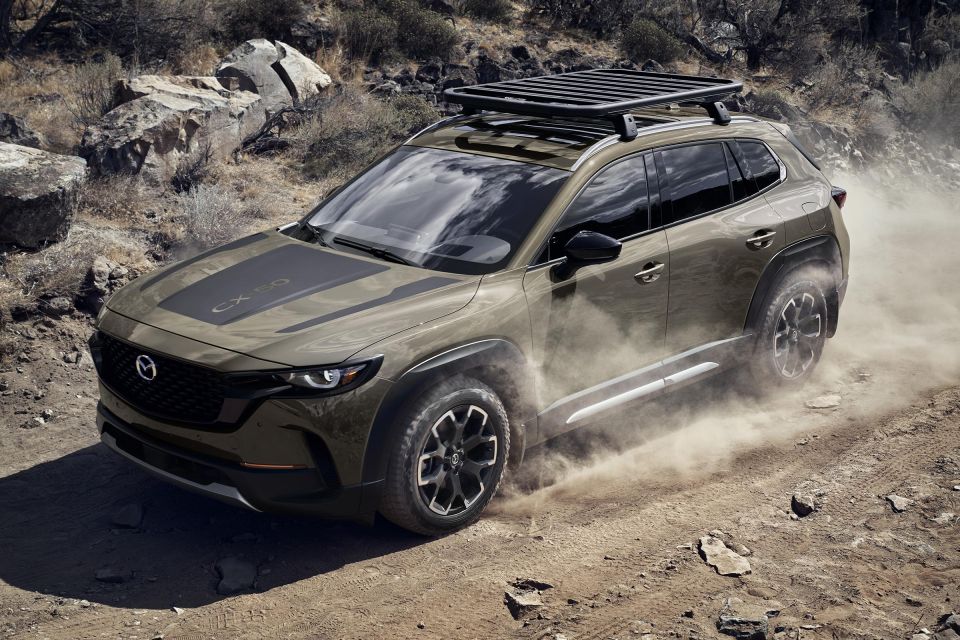
Mr Bhindi also reiterated the company’s plans for an electrified onslaught around 2024-25, including a mix of hybrids, PHEVs and BEVs across three key product architectures that also include the latest developments of the brand’s existing petrol, diesel and more recently rotary offerings.
The company has previously confirmed it will launch five hybrid, five plug-in hybrid and three pure electric models or variants globally between 2022 and 2025, using the SkyActiv Multi-Solution Scalable Architecture that supports both front-wheel drive models with a transverse engine layout and rear-wheel drive cars with a longitudinal engine setup.
After 2025, it aims to introduce a dedicated EV platform called the SkyActiv Scalable EV Architecture.
A report from the US recently indicated Mazda is planning to launch an electric crossover in North America in 2025 that will use an existing nameplate.
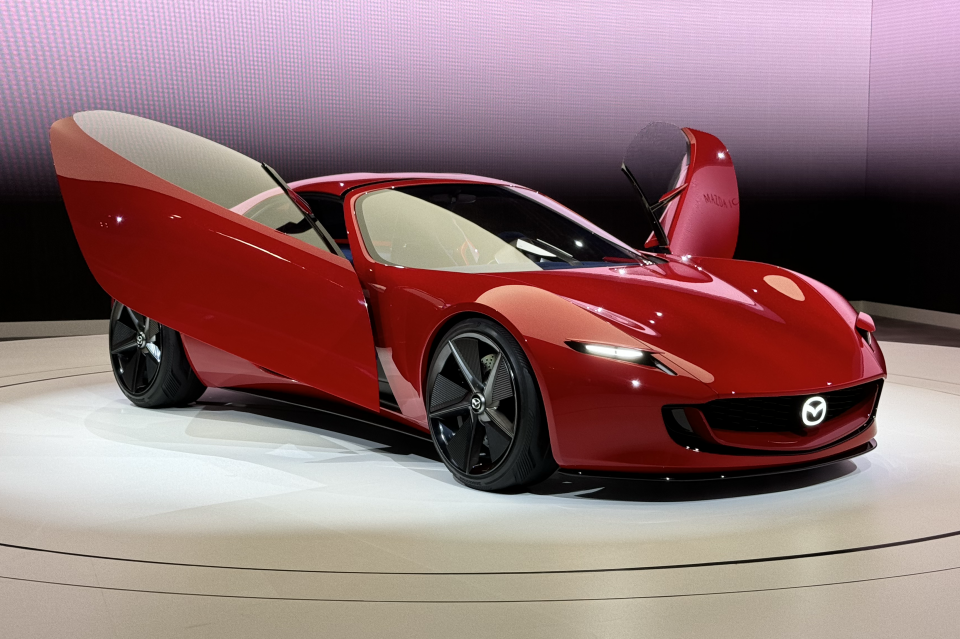
At this stage it’s unclear which existing nameplate this forthcoming Mazda EV will use. Options that are still available in the US include the CX-30, CX-5, CX-50, and CX-90.
Over in China, Mazda has also teased what appears to be a pair of electric sedans.
It’s unclear if Mazda intends to reintroduce rotary engines locally.
The company recently revealed the sleek Iconic SP sports car concept which is powered by a “twin-rotor EV system”, while in Europe the company also offers the MX-30 R-EV which features a rotary engine in concert with a battery pack and electric motor.
Given the MX-30 has now been axed for the Australian market, it’s highly unlikely this rotary range-extended crossover will be coming locally.
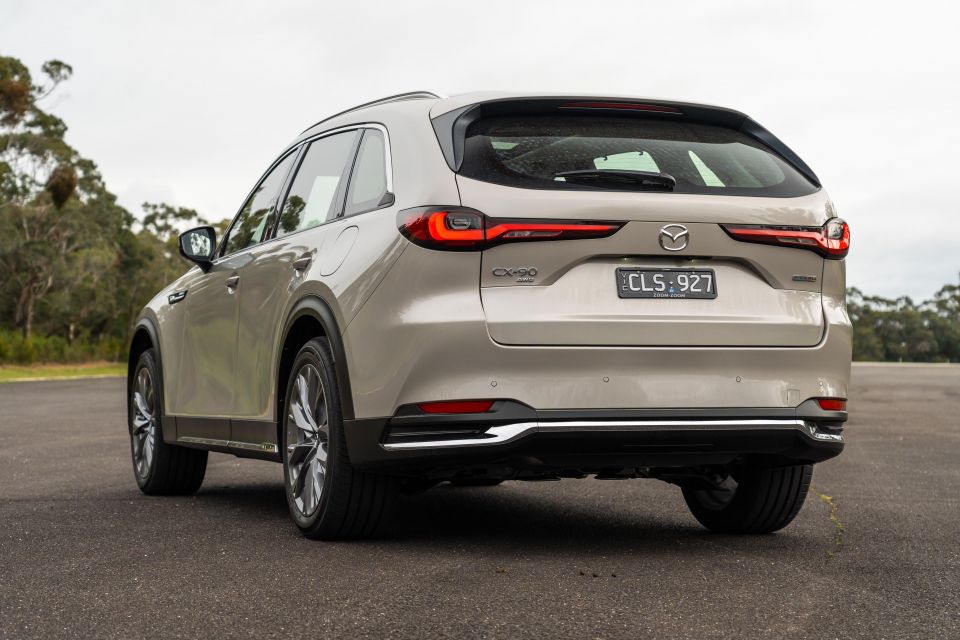
This year Mazda Australia introduced the CX-60 two-row large premium SUV that’s available with two mild-hybrid powertrains, as well as a plug-in hybrid powertrain.
The larger three-row CX-90 joined the local line-up a few months later and for now is exclusively powered by retuned versions of the same inline-six mild-hybrid powertrains as the CX-60. A plug-in hybrid is set to join the range in 2024.
Beyond this, the company has previously confirmed the yet-to-be-revealed CX-80 will be coming to Australia. Its Japanese release was recently reportedly delayed until early 2024.
The CX-80 will form as the third SUV in a quartet of SUVs based on Mazda’s new rear-/all-wheel drive Large Architecture.
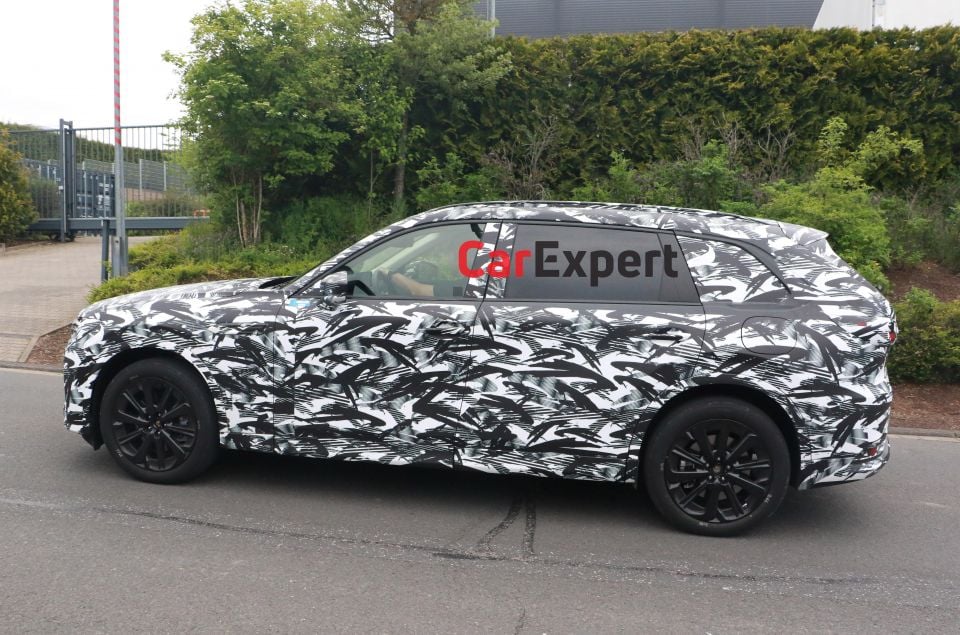
It’s expected the CX-80 will be a longer, three-row companion to the CX-60. We’ve already spied a camouflaged prototype during testing in Europe.
The fourth Large Architecture-based SUV – the CX-70 – is yet to be revealed and isn’t confirmed for the Australian market yet.
In addition, Mr Bhindi confirmed earlier this year a successor to the CX-5 is coming in the near future, though stopped short of confirming whether it could carry the decade-old nameplate. It also hasn’t confirmed whether this successor will finally give Mazda a direct rival for the likes of the hot-selling Toyota RAV4 Hybrid.
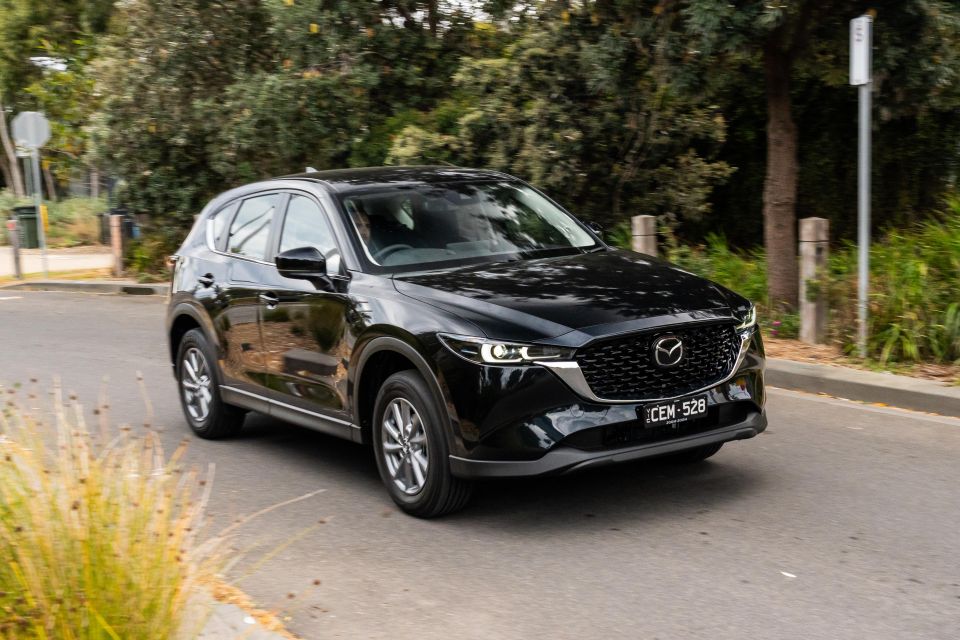
“CX-5 – there will be a next-generation model that will replace it. What’s it called? Let’s not debate about it,” Mr Bhindi said cheekily.
“Last October, one of our [global] executives confirmed it, so that’s exciting.”
The CX-50 shapes as a logical replacement given it’s based on the newer Small Architecture that underpins the Mazda 3 and CX-30, and will soon add a hybrid version featuring Toyota technology. However as it stands, the CX-50 is not produced in right-hand drive.
MORE: Mazda confirms CX-5 replacement for Australia, but what will it be?
Jack Quick is an automotive journalist based in Melbourne. Jack studied journalism and photography at Deakin University in Burwood, and previously represented the university in dance nationally. In his spare time, he loves to pump Charli XCX and play a bit of Grand Theft Auto. He’s also the proud owner of a blue, manual 2020 Suzuki Jimny.


Max Davies
6 Days Ago


Josh Nevett
4 Days Ago


Max Davies
4 Days Ago


Max Davies
3 Days Ago


Neil Briscoe
2 Days Ago


Max Davies
15 Hours Ago